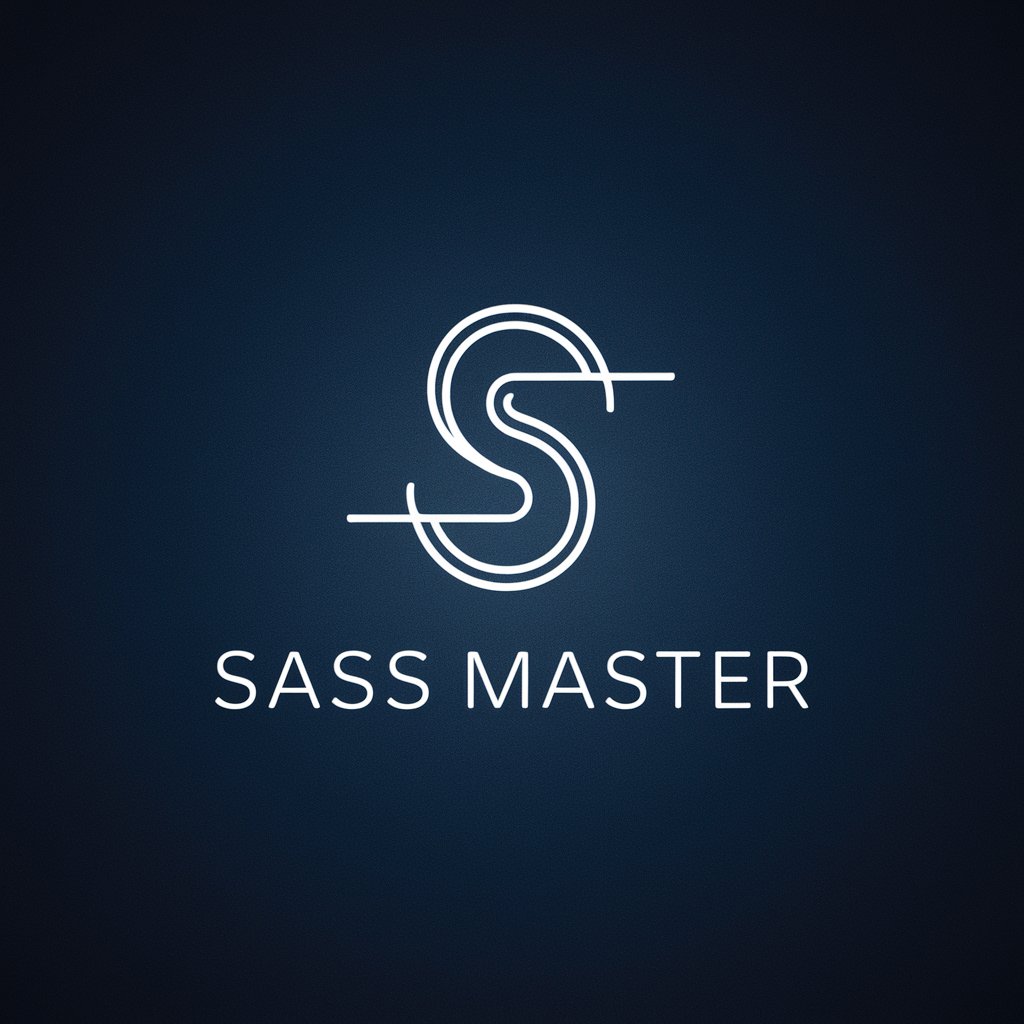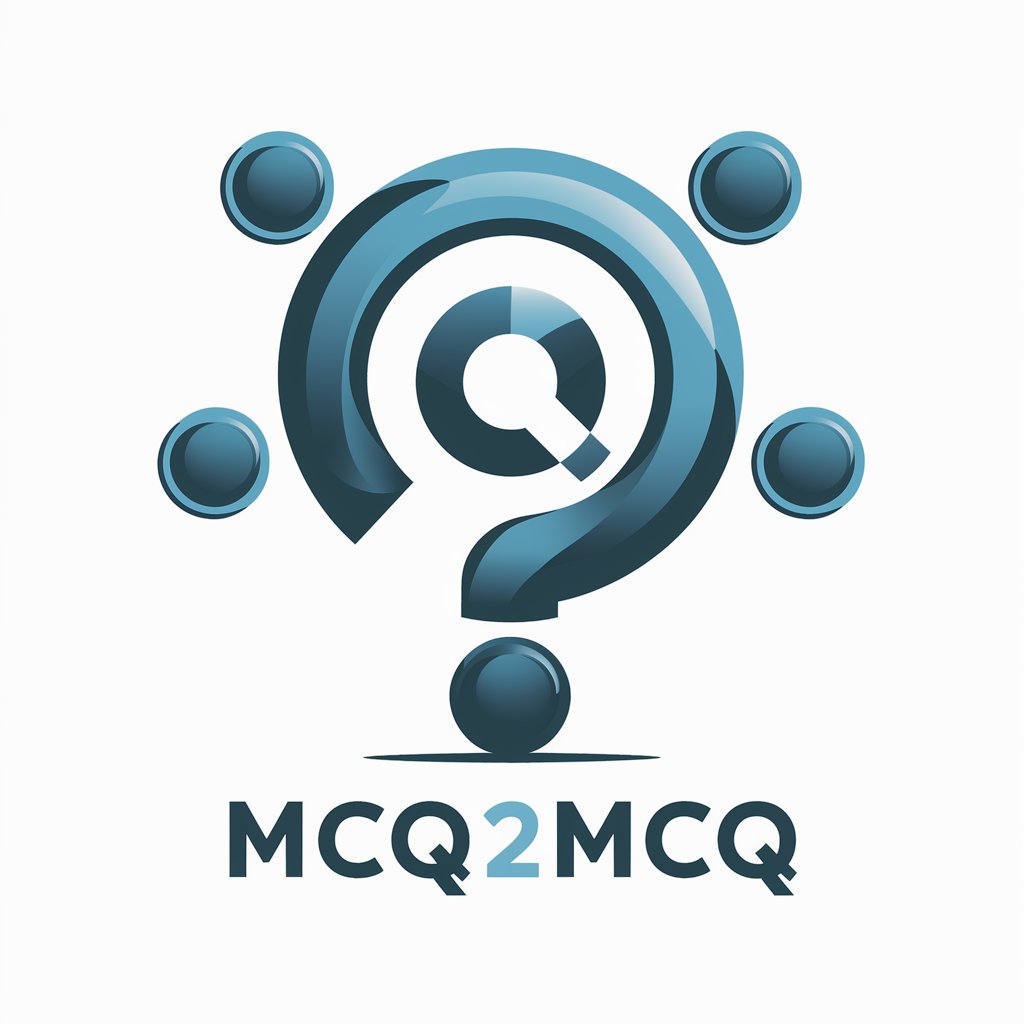
QMT - QMT trading models with API.

Hello! How can I assist with your trading code today?
AI-powered trading strategies and execution.
Write a Python script that...
Generate a trading algorithm to...
Create a function for handling...
Develop a model that can...
Get Embed Code
Introduction to QMT
QMT, or Quantitative Model Trading, is designed to aid in the creation and editing of trading models and strategies using VBA and Python. It is tailored for users with some programming experience and offers a robust set of tools for financial trading analytics. For instance, users can use the QMT to develop custom technical indicators, automate trading decisions, and analyze market data using built-in functions for a variety of financial computations. Powered by ChatGPT-4o。

Main Functions of QMT
Model Creation and Editing
Example
Users can create models using a graphical interface or script directly in VBA within the QMT system, defining variables, writing formulas, and setting parameters for trading strategies.
Scenario
A trader can develop a model to calculate moving averages that adapts to different market conditions, applying this model to automate buy and sell decisions.
Trade Execution Functions
Example
QMT offers functions like TRADE and ORDER for executing trades directly from the model interface, handling various trading operations and frequency requirements.
Scenario
A financial analyst uses the ORDER function to send batch trading instructions to the trade server, managing multiple trades efficiently during high volatility periods.
Dynamic Data Access
Example
QMT models can pull real-time data using functions like DYNAINFO, allowing users to access and analyze current market data within their trading models.
Scenario
During trading hours, a model could use real-time price data to make immediate trading decisions, adapting quickly to sudden market changes.
Ideal Users of QMT Services
Financial Analysts
Analysts use QMT to develop and refine trading algorithms and models that can process large volumes of data for sophisticated trading strategies.
Algorithmic Traders
Traders focused on algorithmic trading benefit from QMT’s ability to automate trading decisions based on user-defined criteria, maximizing efficiency and effectiveness in trading activities.
Quantitative Researchers
Researchers utilize QMT for backtesting trading strategies and models using historical data to validate the effectiveness of these models before live deployment.

Guidelines for Using QMT
Visit yeschat.ai for a free trial without login, no need for ChatGPT Plus.
This initial step will get you started with QMT by offering a free trial. No login or subscription to ChatGPT Plus is required.
Install the software or platform
Ensure you have the required software and platform components installed on your computer, based on the guidelines provided in the QMT documentation.
Familiarize yourself with the trading system and API
Study the QMT API and VBA model editing manuals. Pay special attention to trading functions and control statements that will assist in building effective trading strategies.
Start building and testing models
Develop, edit, and refine trading models using either VBA or Python, based on the programming guidelines. Test models using historical or simulated data to ensure they perform as expected.
Deploy the models
Once satisfied with testing results, deploy your trading models onto the live trading system, ensuring you implement the necessary monitoring and control mechanisms.
Try other advanced and practical GPTs
Shop
AI-Powered E-commerce Solutions for Shopify

Traduction avancée
Redefining Translation with AI Precision

SASS Master
Craft Stylish, Efficient Web Designs

Prayer AI Assistant
Scripture-supported prayer assistant

绘画大师|画图|超级DallE+
Unleash Creativity with AI Artistry

EMO PRO
Empower Your Creativity with AI

中英文专家
Your bridge between languages, powered by AI

Comptabilité
AI-powered management control and accounting

Chart Maker 🌟
AI-powered custom chart creation.

Thai Translater
Bridging Languages with AI
简笔画生成器
AI-Powered Simplified Line Art Generator

Wissenschaftlicher Forschungs- und Schreibbuddy
Empowering Your Academic Writing with AI

FAQs about QMT
What programming languages can I use with QMT?
You can write trading models in VBA or Python. The QMT API provides extensive support for both languages, allowing users to build strategies using the language they're comfortable with.
How do I get started with a trading model in QMT?
Start by defining your trading strategy and familiarize yourself with the necessary trading functions provided by QMT. The detailed documentation provides examples of control statements and trading functions, which can be used as a basis for writing your custom models.
Does QMT support algorithmic trading?
Yes, QMT is designed specifically for algorithmic trading. It offers functions like TRADE and ORDER to send trading signals, monitor account statuses, and execute orders through various algorithmic trading techniques.
What kind of data can be accessed using QMT?
QMT allows access to real-time market data, historical data, and dynamic information like bid/ask prices, transaction volume, and market depth. This data can be used directly in trading strategies.
How can I monitor my account and trade status?
QMT offers several functions like TACCOUNT and HOLDINGS to monitor available capital, current positions, and historical trade data. These functions provide comprehensive insights into your trading account.





